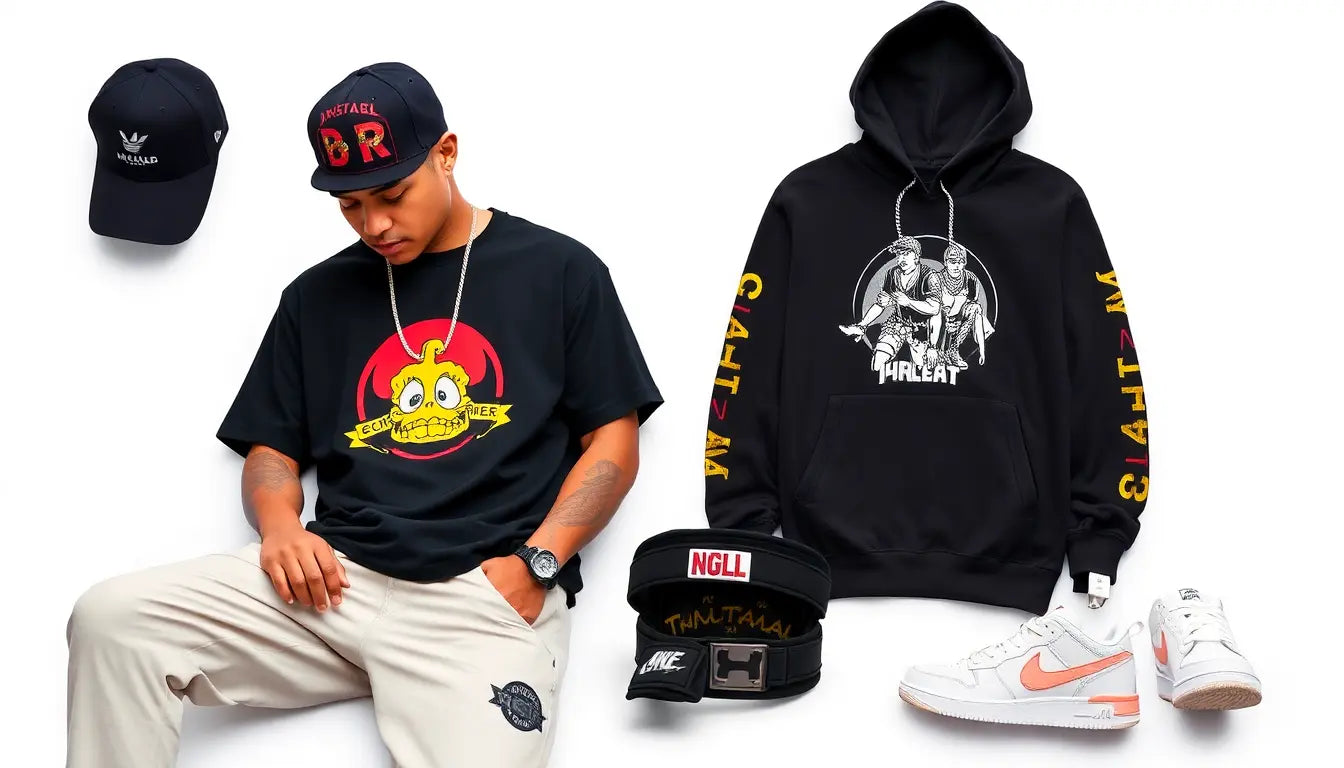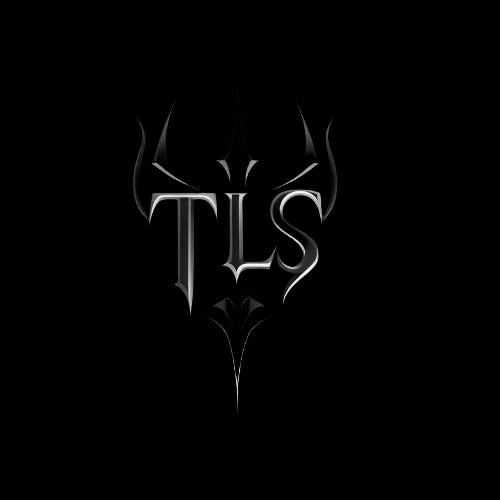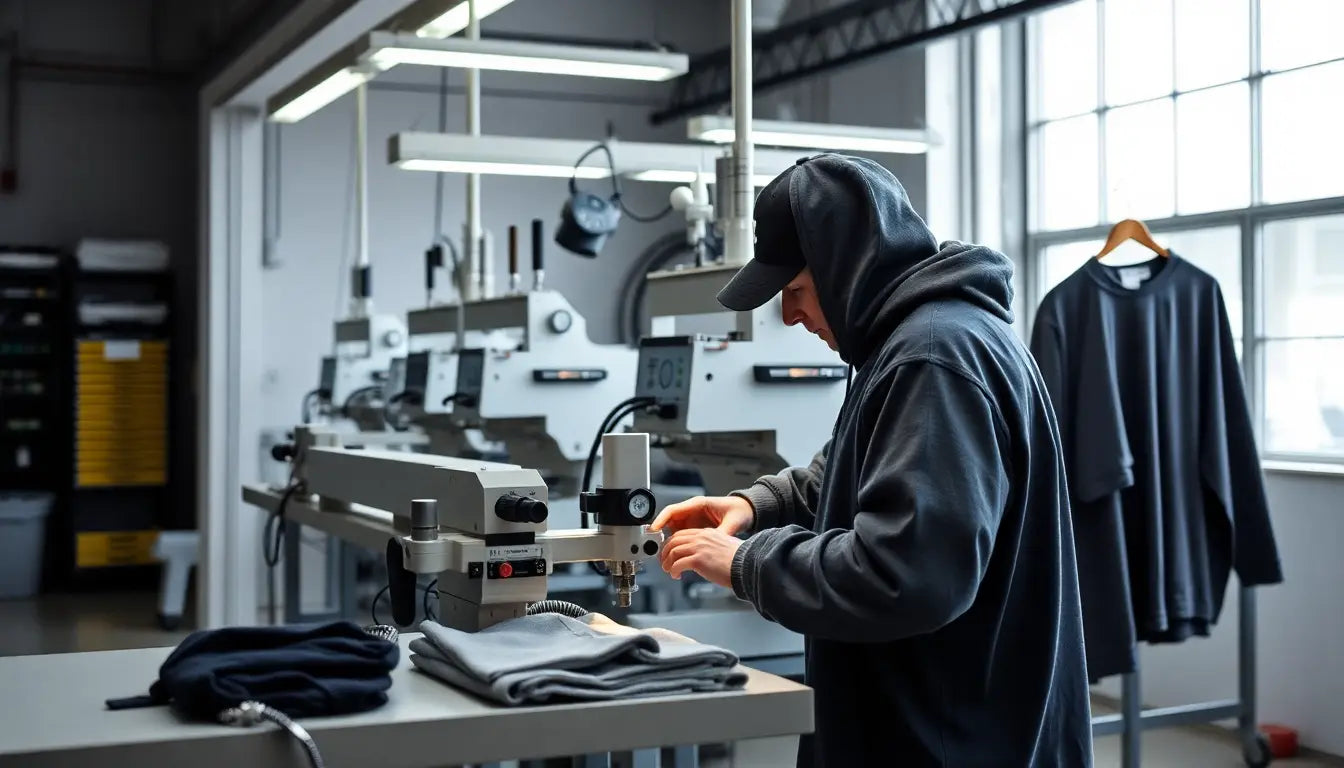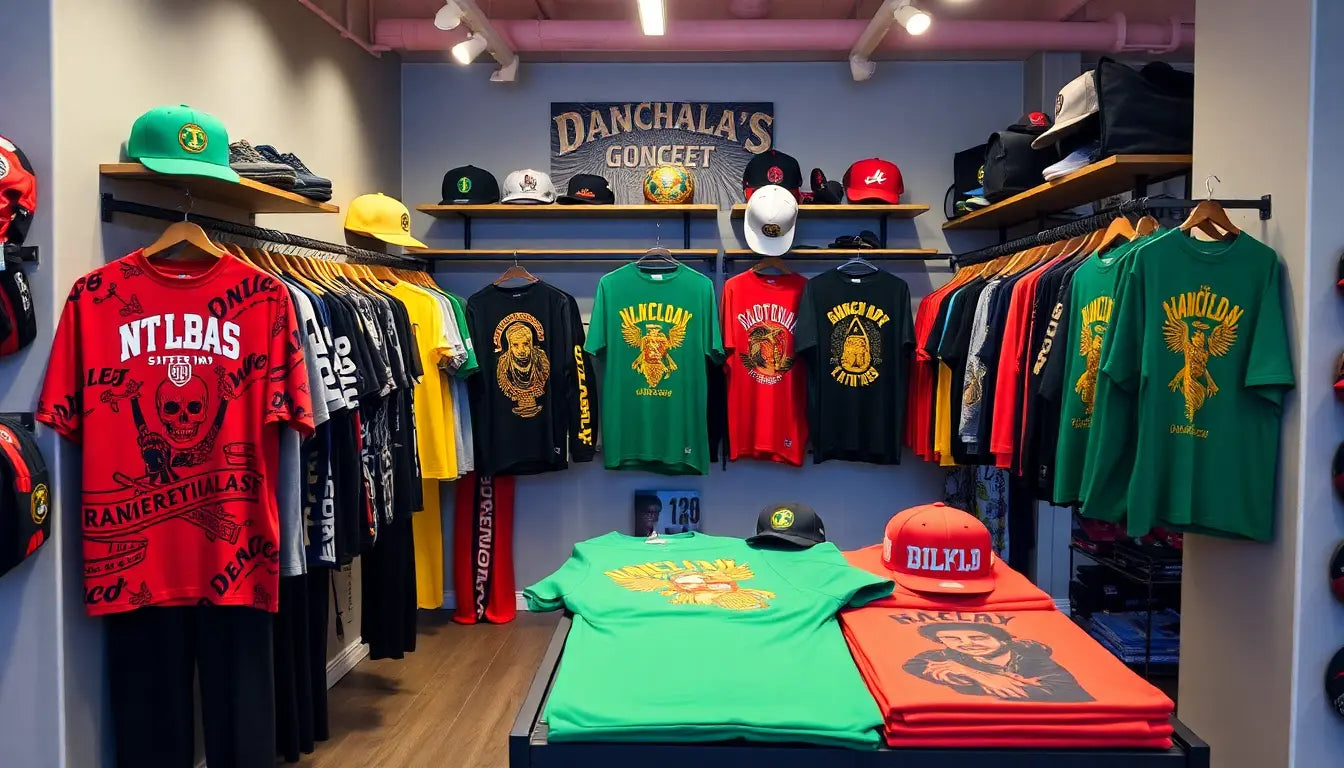
Tommy Lee Sparta Merch Playbook: How Fan-Design Challenges and Creator Royalties Scaled Dancehall Streetwear Globally
Introduction
Tommy Lee Sparta merch became a global streetwear phenomenon by combining a community-first creative process, transparent creator royalties, and an operations engine tuned for scarcity and cultural authenticity. This expanded playbook walks you step-by-step through the decisions, systems, legal frameworks, marketing playbooks, metrics and tactical templates used to scale dancehall streetwear from Kingston to cities across the globe.
Why this strategy worked: culture, economics, and psychology
The playbook succeeds because it aligns three forces:
- Culture: Dancehall has strong visual codes and an engaged fan base who want to wear identity and affiliation on their sleeve.
- Economics: Royalties and creator incentives convert casual followers into active promoters, lowering paid acquisition costs.
- Psychology: Fan-design challenges tap into status, recognition, and scarcity — fans become co-creators, and exclusive drops reward early adopters.
These create a flywheel: design participation leads to UGC, which drives reach, which drives sales, which funds more drops and royalties.
Background: Tommy Lee Sparta and the merch moment
Understanding the cultural origin helps replicate the approach. Tommy Lee Sparta emerged from a gritty, theatrical dancehall scene and cultivated a distinct aesthetic: dark, edgy, street-ready visuals with a rebellious tone. His fans were already primed to express identity through clothing — the merch became an extension of the artist's persona and the community's subcultural language.
Detailed playbook overview
Below is an expanded, practical playbook covering launch, growth, legal, fulfillment, marketing, metrics and scaling.
1. Program design: structure and incentives
- Challenge cadence: Run quarterly design challenges with one marquee annual “legacy” drop to maintain momentum and a sense of anticipation.
- Prize structure: Combine a publicized cash prize for winners, per-item royalties, and long-term recognition (design credit on product and designer spotlight interviews).
- Royalty levels: Offer a tiered system based on product category: tees 5–8% of net, hoodies 7–10%, limited-edition collaborations 10–15% (or fixed per-item amounts where easier).
- Participation benefits: All finalists get promo packs, early access to drops, and access to an influencer toolkit to help them promote their designs.
2. Legal frameworks and contributor agreements
Clear legal terms are essential to avoid disputes and to make payouts straightforward.
- Contributor agreement essentials:
- Grant of license: Define whether it is exclusive, non-exclusive, and the duration. Recommended practice: limited exclusive license for 12-36 months with reversion clauses.
- Royalty mechanism and reporting cadence: Define gross vs. net, deductions, and payout schedule (monthly or quarterly). Include audit rights for creators if feasible.
- Credit and moral rights: Specify how designers will be credited and any restrictions on altering the design.
- Warranties and indemnities: Designers warrant originality; the brand should indemnify against third-party claims where applicable.
- IP assignment options:
- Assignment: Brand owns the design outright. Cleaner for long-term use but less attractive to creators.
- Exclusive license: Brand has exclusive manufacturing rights for a term; creators retain other rights after term ends.
- Non-exclusive license: Creators retain maximum freedom but brand control is limited.
- Tax & payment compliance: Collect local tax forms, use KYC for large payouts, and automate via Stripe Connect, PayPal Payouts, or local equivalents.
3. Tech and infrastructure
Choose tech to minimize friction for submissions, voting, and royalty tracking.
- Submission platform: Use a mobile-first landing page with image upload, optional vector upload, social handle capture, and consent checkbox that links to the contributor agreement.
- Voting and moderation: Implement a voting system with anti-fraud (IP rate limits, CAPTCHA). Pair public votes with a jury moderation panel.
- Order management & fulfillment: Integrate Shopify or a headless commerce stack with print-on-demand providers and regional 3PLs using middleware like ShipStation or Shippo.
- Royalty dashboard: Build or use third-party creator platforms that show sales, returns, and pending payouts in real time to maintain transparency.
- Analytics and marketing stack: Use Google Analytics 4, Facebook/Meta pixel alternatives, email automation via Klaviyo or Mailchimp, and a CRM to track lifetime customer journeys.
4. Launch sequence and timeline (detailed)
Example 12-week launch timeline for a major fan-design challenge.
- Weeks 1-2: Prep
- Finalize design brief, legal docs, prize levels, and landing page build.
- Create asset pack: logos, brand color palette, sample mockups, model shots.
- Weeks 3-4: Tease
- Deploy teasers across Instagram, TikTok, YouTube Shorts and WhatsApp; announce challenge launch date.
- Recruit micro-influencers and previous designers to amplify the tease.
- Weeks 5-7: Submission window
- Collect entries. Hold live Q&A sessions to clarify rules and encourage participation.
- Weeks 8-9: Voting + curation
- Open public voting for a week, then have jury select final winners. Share behind-the-scenes content of jury deliberations.
- Weeks 10-12: Production & drop
- Produce a limited run, create drop content, ship sample boxes to creators and influencers, and launch with countdowns.
5. Production options: POD, short-run, bulk
Choose based on risk tolerance, margins, and speed to market.
- Print-on-demand (POD): Low upfront cost, global reach, great for long-tail designs and international testing. Downsides: higher per-unit cost and inconsistent quality across providers.
- Short-run local production: Better control and quality for limited drops. Typically 250–1,000 units, higher margin than POD, manageable inventory risk.
- Bulk manufacturing: Best for winners with proven demand. Lower COGS, better wholesale margins, and improved unit economics but higher upfront cost and inventory risk.
- Quality control checklist: material weight, stitching, print durability, color matching, and size consistency. Sample each production run and log supplier QC reports.
6. Pricing and financial model
Sample pricing model for a limited-edition hoodie (example numbers):
- Retail price: $90
- COGS: $28 (short-run production)
- Fulfillment & shipping: $6 (average after local fulfillment)
- Marketing & platform fees: $10 per unit (ads, payment fees)
- Designer royalty: 8% of net revenue (~$7)
- Gross margin before overhead: $39
Use sensitivity analysis to model CAC, conversion rates, and break-even volumes. Track royalty payouts as a percentage of gross margin to ensure sustainability.
7. Marketing channels and tactics
Combine organic cultural outreach with targeted acquisition.
- Organic & UGC
- Feature designer stories and behind-the-scenes creation processes on Instagram Reels and TikTok.
- Repost fan visuals and create a branded hashtag to collect UGC.
- Host virtual and in-person pop-ups with local DJs and dance crews to recreate dancehall energy.
- Creator amplification
- Give creators unique promo codes and affiliate links with a transparent dashboard showing their earnings.
- Host creator contests for highest referral sales with additional cash bonuses.
- Paid acquisition
- Use social ads targeted to lookalike audiences seeded from purchasers and engaged voters.
- Run dynamic retargeting for cart abandoners and cross-sell complementary SKUs in emails.
- PR and earned media
- Pitch streetwear and culture publications, podcasts and YouTube channels about the fan-driven model and creator royalties.
- Highlight human stories: How a teen designer from Kingston went global overnight.
8. Community-building: beyond transactions
Merch is a gateway to deeper fan loyalty. Build community channels that amplify retention and organic growth.
- Discord or Telegram: Create exclusive channels for designers, VIP buyers, and crew for early access and feedback.
- Member benefits: Early access to drops, exclusive content, and virtual meet-and-greets.
- Events: Pop-ups, listening parties and dancehall nights in target cities to strengthen local ties.
- Education: Host workshops for designers, covering pattern files, vector basics, and portfolio-building — this empowers better submissions and strengthens goodwill.
9. Counterfeit risks and brand protection
As the brand grows, counterfeiters will try to capitalize. Proactive steps protect fans and creators.
- Serialized authentication: Numbered tags, QR codes linking to product verification pages, and certificate-of-authenticity cards for limited drops.
- Enforce IP: Monitor marketplaces and use takedown services for counterfeit listings. Keep clear IP ownership documentation for quick action.
- Educate fans: Publish official retail channels and anti-fraud advice to reduce purchases from unauthorized sellers.
10. Metrics: what to measure and benchmarks
Track both top-line and creator-centric KPIs.
- Acquisition & conversion
- Landing page conversion rate: target 3–6% for challenge-to-purchase funnels.
- Vote-to-purchase conversion: percent of voters who later buy the winning design.
- Financial
- CAC and payback period: aim to recover CAC within 2–3 months via repeat purchases and cross-sell.
- Average order value (AOV) and margin per order.
- Creator & community
- Designer participation rate per campaign and promoter conversion rates for creator-shared links.
- Royalty payout accuracy and disputes; target <1% disputes with transparent reporting.
- Engagement
- Social engagement lift during campaigns and earned media value.
- Repeat purchase rate and LTV for merch customers.
11. SEO and content strategy to rank globally
Merch brands need a content engine to capture organic search and drive long-term traffic.
- Target keywords: Tommy Lee Sparta merch, dancehall streetwear, fan-designed merch, creator royalties fashion, Jamaican streetwear drops. Use long-tail phrases for local intent: Tommy Lee Sparta merch UK, Tommy Lee Sparta hoodie size guide.
- On-page SEO best practices:
- Title tags and H1: Include primary keyword early — example: Tommy Lee Sparta Merch: Fan-Designed Streetwear & Creator Royalties.
- Meta description: Summarize value and include CTA; keep under 160 characters.
- Image optimization: Descriptive file names and alt text: tommy-lee-sparta-black-hoodie-front.jpg with alt text describing the product and design credit.
- Structured data: Use product schema for SKUs, price, availability, and review schema for social proof.
- Content types that rank:
- Campaign hub pages that aggregate submissions, finalists, and voting results — great for internal linking and fresh content.
- Designer interviews and case studies showing the creator story — high-value evergreen content.
- How-to guides: how to submit designs, size guides, care instructions — useful long-tail traffic.
- Local landing pages for key markets with localized language, shipping info, and pricing.
12. Customer service, returns, and loyalty
Good CS maintains brand reputation and reduces refund churn.
- Returns policy: Offer a clear, fair policy with a 14–30 day window and easy returns for defects. Balance generosity with anti-fraud measures.
- Local returns: Use regional 3PLs to accept returns locally and minimize cost for customers abroad.
- Automated support flows: Use bots for order status and routing for escalations. Maintain a human touch for disputes that involve royalties or intellectual property.
- Post-purchase experience: Follow-up emails with care tips, related products, and invitations to community channels to boost retention.
13. Case study examples and creative highlights
Showcase how specific tactics played out in real campaigns (paraphrased composite examples based on common industry patterns):
- Viral hoodie drop: A finalist designer shared a time-lapse of design work that reached 500k views on TikTok. With a creator promo code and early access, the numbered 500-piece drop sold out in 48 hours.
- Regional capsule: In the UK, a collaboration with a Brixton-based streetwear label adapted sizing and cut to local preferences. Localized PR drove wholesale placements in two multi-brand stores.
- Creator-to-creator amplification: A designer who was also a micro-influencer generated 12% of total drop sales through affiliate links and Instagram Live styling sessions.
14. International expansion checklist
- Market research: Validate demand with social listening and pre-order interest checks.
- Local partners: Identify 3PLs, distributors, and cultural partners (DJs, event promoters, local designers).
- Pricing & duties: Calculate landed cost and set localized prices to preserve margins while remaining competitive.
- Compliance: Data privacy (GDPR), local tax rules, and consumer protection laws.
- Customer support: Multilingual support for the largest markets.
15. Troubleshooting and common pitfalls
How to respond when things go wrong and avoid common mistakes.
- Low designer quality: Provide templates, starter kits, and a short tutorial series to improve submissions.
- Royalty disputes: Have a transparent payout schedule, clear accounting definitions, and an independent dispute resolution pathway.
- Production delays: Communicate proactively with buyers and offer partial refunds, discounts on future drops, or early access to other items to maintain goodwill.
- Brand dilution: Use a brand council to maintain cultural authenticity and reject entries that stray from core identity.
16. Sample content calendar for 6 months
- Month 1: Tease campaign, creator recruitment, publish submission guide, SEO hub creation.
- Month 2: Open submissions, run live Q&As, post weekly designer tutorials, amplify founder/artist commentary.
- Month 3: Voting, finalist features, PR outreach, influencer seeding.
- Month 4: Production, sample box distribution, pre-launch waitlist, paid ad ramp.
- Month 5: Drop week with events, livestream unboxing, UGC push, follow-up email flows.
- Month 6: Post-mortem, KPI analysis, decision on which designs move to continuous production, plan next challenge.
17. Sample royalty calculation (walkthrough)
For clarity, here is a simple monthly royalty example for a design with 1,200 units sold in a month at $40 retail (t-shirt).
- Retail price: $40 x 1,200 = $48,000
- COGS & fulfillment: $12 per unit x 1,200 = $14,400
- Platform & marketing fees: $4 per unit x 1,200 = $4,800
- Net revenue (after COGS & fees): $48,000 - $14,400 - $4,800 = $28,800
- Royalty at 8% of net revenue: 0.08 x $28,800 = $2,304 paid to designer
- Payout frequency and reconciliation: Pay monthly after accounting for returns and chargebacks with a 30–45 day lag for accuracy.
18. Tools and vendor recommendations
- Commerce: Shopify Plus or headless stack with BigCommerce for scale.
- Print-on-demand: Printful, Printify, or regional POD partners for low-risk testing.
- 3PL & fulfillment: ShipBob, Floship, or local regional partners depending on market.
- Payments & payouts: Stripe Connect, PayPal Payouts, Wise for international payouts.
- Creator platforms: Leda, Kong, or a custom dashboard built on a simple data pipeline with Google Sheets + Airtable for early stages.
- Analytics & email: GA4, Mixpanel, Klaviyo.
19. SEO-ready content templates
Use these content templates to capture organic traffic and support campaigns.
- Campaign hub page: Title: Tommy Lee Sparta Fan-Design Challenge 2025 — Subhead: Enter, Vote, and Shop the Winning Designs.
- Designer profile: Title: Meet the Designer — [Name] Who Designed [Product]. Include bio, inspiration, social links, and buy link.
- How-to guide: Title: How to Submit Designs for Tommy Lee Sparta Merch — Free templates and tips.
- Product pages: Include designer credit, story blurb, care instructions, and rich visuals plus alt text and image captions.
20. FAQs (for site and SEO snippets)
- Q: How do I submit a design? A: Visit the submissions page, upload your art, accept the contributor agreement, and provide social handles.
- Q: How are designers paid? A: Designers earn a one-time prize and monthly royalties based on net revenue; payouts are transparent via a dashboard.
- Q: Do designers give up ownership? A: We offer limited exclusive licenses by default; full assignment is optional and compensated accordingly.
- Q: Can I buy internationally? A: Yes. We ship globally through a mix of POD and regional fulfillment partners; localized pricing is shown at checkout.
Conclusion: replicating the playbook
The Tommy Lee Sparta merch playbook is repeatable for artists and brands that respect cultural authenticity, build transparent creator economics, and operationalize production and fulfillment for global scale. The combination of fan design challenges, clear royalty structures, and a community-first content strategy unlocks both cultural resonance and sustainable revenue.
Next steps: 30-day quick start checklist
- Create a 1-page design brief and submission form
- Draft a contributor agreement with clear royalty mechanics
- Build a landing page and set up basic analytics
- Recruit 10 creator ambassadors and prepare an asset pack
- Plan a 12-week campaign timeline and set KPIs
- Set up a simple royalty tracking sheet and payment method
Following this expanded playbook will give you the systems, marketing tactics, legal scaffolding, and cultural framework to scale fan-designed streetwear from local scenes into global markets. If you want, I can generate a fillable contributor agreement template, a 12-week campaign calendar in CSV format, or a sample royalty dashboard mockup to help you launch faster.



